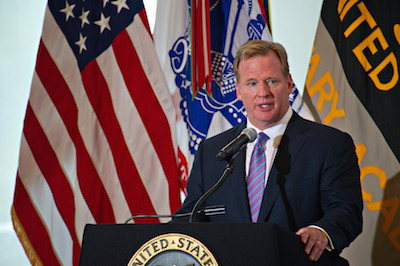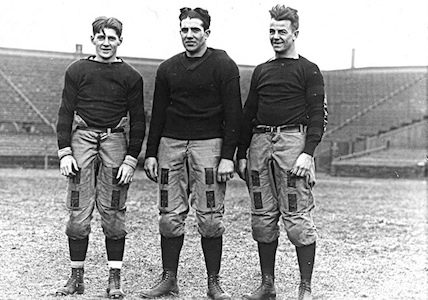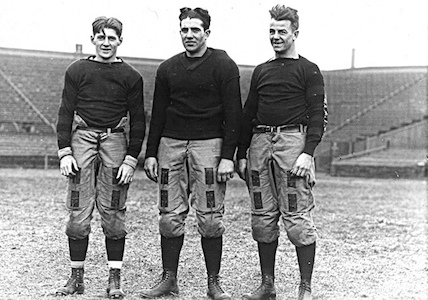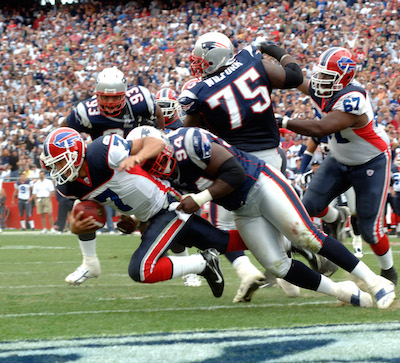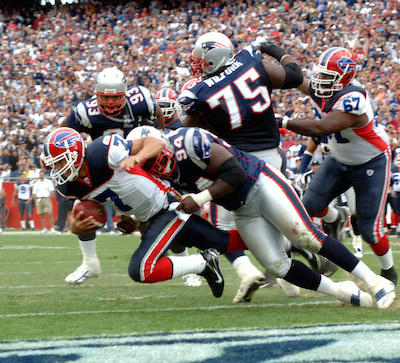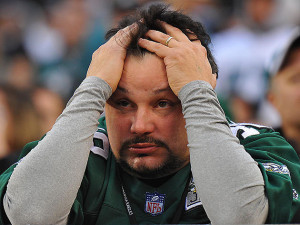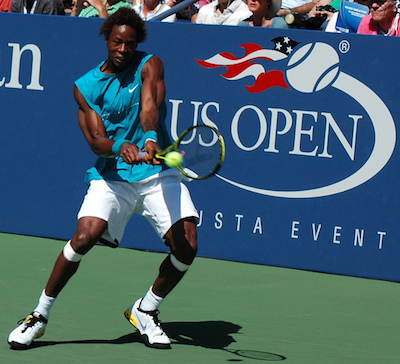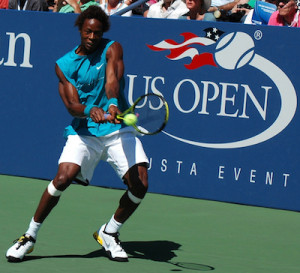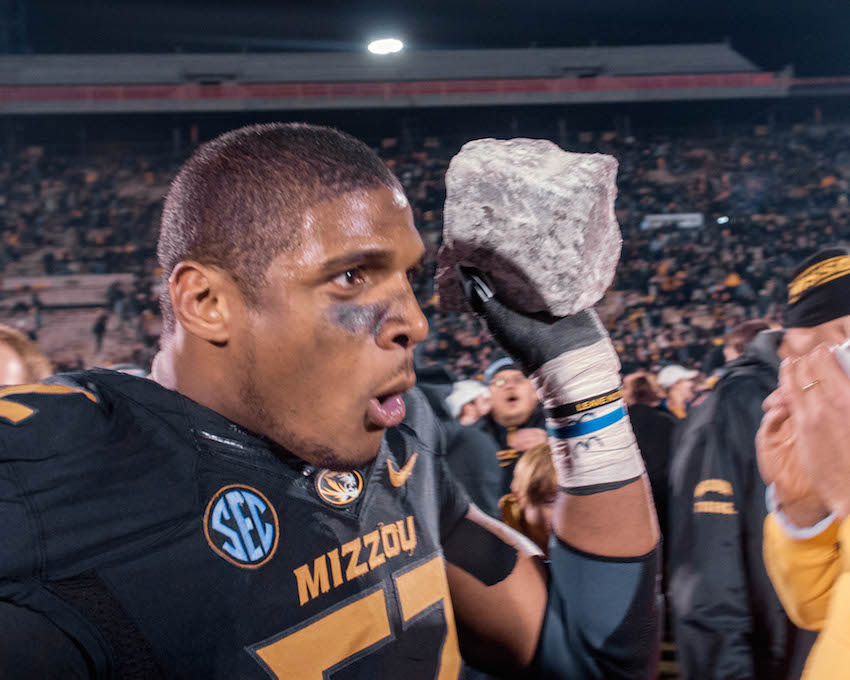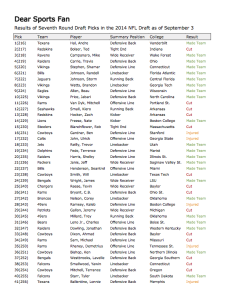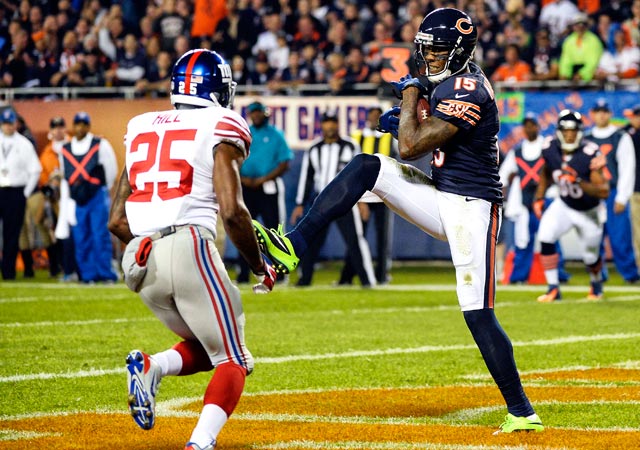The sports and news universe exploded again today on the subject of Ray Rice’s domestic assault case and the NFL’s response to it which, it seems increasingly clear, was a cover up. The source of the explosion was an Associated Press report from Rob Maadi that relayed the story of a “law enforcement official” who “says he sent a video of Ray Rice punching his then-fiancee to an NFL executive five months ago, while league executives have insisted they didn’t see the violent images until this week. The person played The Associated Press a 12-second voicemail from an NFL office number on April 9 confirming the video arrived. A female voice expresses thanks and says: ‘You’re right. It’s terrible.'” This confirmed my suspicion that the NFL had seen the video. Following this story, the trickle of voices calling for commissioner Roger Goodell to resign became a burbling brook. As I sat and witnessed all of this through my telephone, I had a thought about the NFL’s conduct during the last couple of months and what they have inadvertently said about domestic assault. What they’ve said, through their actions, is this: “We think other domestic violence is not as bad as what Ray Rice did on that video.”
Follow along with me here. First, they suspended Rice for two games. Then, they altered the policy on domestic violence (as well as other forms of violence) because they “got it wrong” as Commissioner Goodell said in his statement on the change of policy. The new policy called for a suspension of six games for a first offense and a lifetime ban for a second. A few days ago, after this policy was released, the video of Rice assaulting his then fiancee, Janay Palmer, became public. Within hours, the NFL had suspended Rice indefinitely for an assault which not only happened before the new policy was released but was also his first offense.
What the NFL must be saying by breaking the spirit if not quite the letter of its new policy is either:
- As the Onion brilliantly suggested, that the NFL only intended to toughen its policy against videotaped domestic violence
- That its new policy is also too weak,
- That they think Rice’s assault was more violent than other assaults.
We all know the first option is true, but it’s indefensible as policy. The second option is probably also true, although an organization is in rough shape if they start arguing against a policy they put in place less than two weeks ago. No, I think it’s the last option that’s most likely to get at what the NFL is actually thinking right now. It’s also completely idiotic. What does the NFL think is going to happen when freakishly strong people used to physical violence decide to assault their partners? Do they think Greg Hardy’s (6’4″, 278lbs) or Ray McDonald’s (6’3″, 290) gentleness was what caused their partners to call the police? It’s not just that this idea is idiotic, it’s also damaging because it suggests that some domestic assault is just not so bad.
It’s all so bad and the NFL needs to do everything in its power to internalize that and then become a leader on the topic. They would be well served by reading Jodi Jacobson, editor-in-chief of RH Reality Check, a reproductive & sexual health and justice publication, who wrote on the topic yesterday. The depth of her knowledge on the topic is wonderful, which only serves to make her criticism more scathing. In response to the Ravens coach who said what the NFL clearly also though, that “seeing the video” changed their views on the assault, Jacobson writes:
Really? How? Seeing a woman lying unconscious on a hotel lobby floor after being dragged like a rag doll from an elevator and then kicked as though she was an inanimate object (as depicted in video release in February) wasn’t enough to convince him that Ray Rice had committed a serious offense?
At the end of her post, Jacobson calls on the NFL to establish a very large fund to support the prevention and the victims of domestic abuse. That sounds like a pretty good idea to me too. Your move, NFL.

